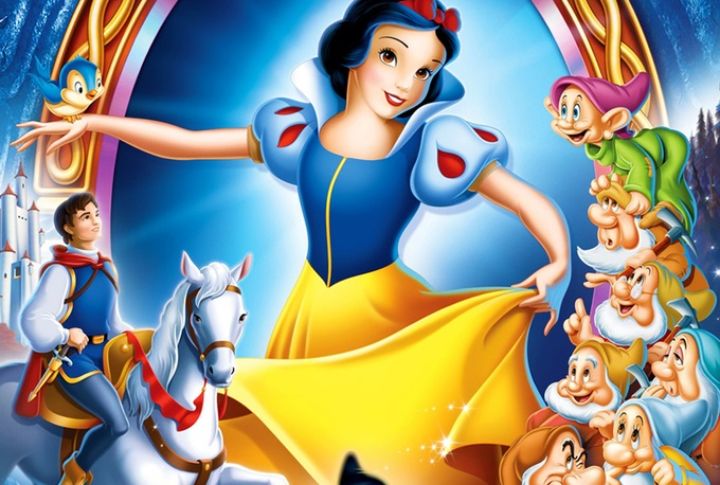
Decades before global theme parks and billion-dollar franchises, Disney was simply a studio chasing ideas. In those early years, bold experiments shaped its future. As new technology emerged, Disney’s shorts quietly began to revolutionize animation—blending artistry with innovation. What followed changed storytelling forever. So, here’s a look at ten foundational films that sparked the company’s rise and reshaped animated cinema.
“Alice’s Wonderland” (1923)
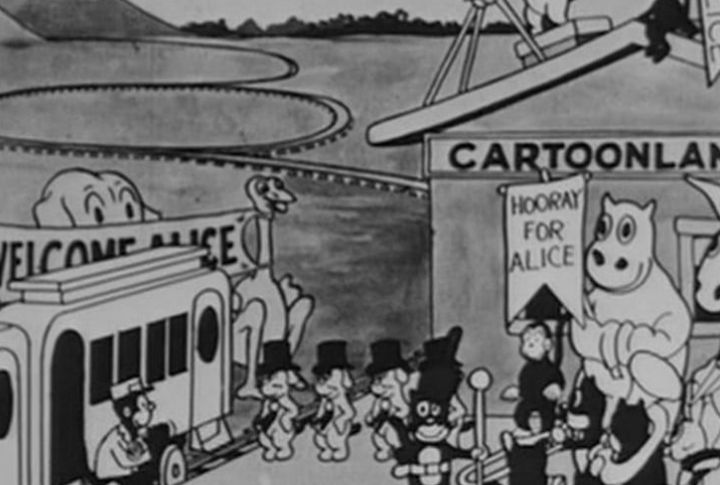
Surprisingly, Alice came before Mickey Mouse in a silent short where a real girl steps into a cartoon world. Walt Disney pitched this film himself in Kansas City, displaying sheer grit and resilience despite being financially broke. This project led to the “Alice Comedies” series that would become the start of his animation journey.
“Three Little Pigs” (1933)
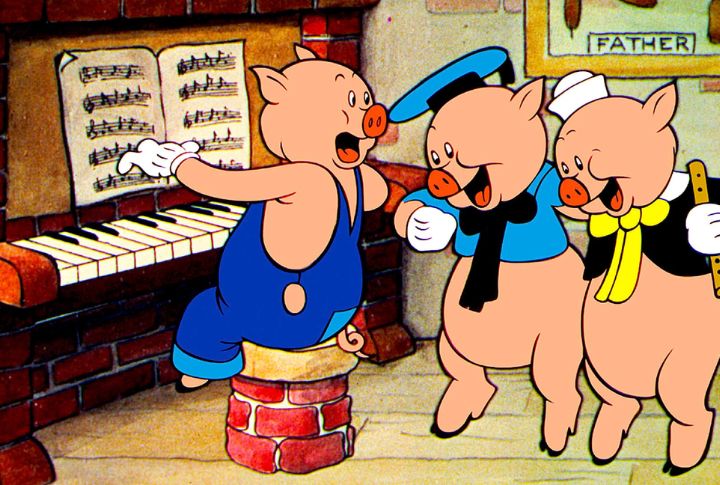
During the Great Depression, three cartoon pigs gave America hope. The short became a surprise blockbuster, and its song or theme music, “Who’s Afraid of the Big Bad Wolf?” became a national hit. It was so popular that people returned to theaters to see it again. Despite demand, Walt refused a sequel, famously saying, “You can’t top pigs with pigs.”
“The Wise Little Hen” (1934)
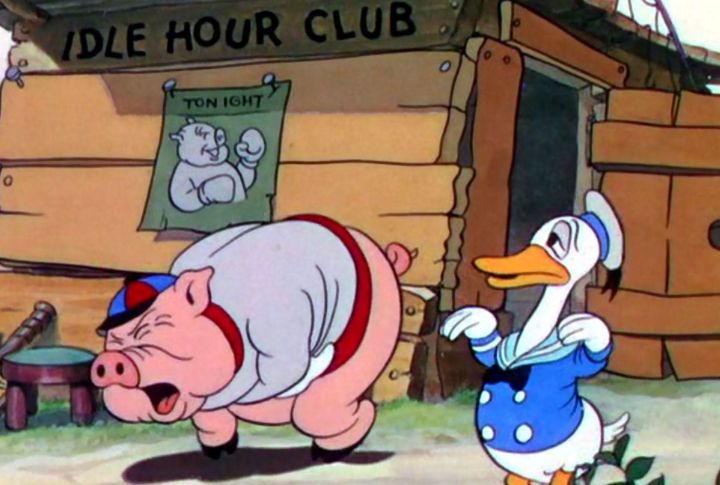
The official debut of Donald Duck was another installment in the “Silly Symphony” series. In his first appearance, a hardworking hen teaches him a lesson he’ll never forget. Fun fact? Clarence Nash initially voiced Donald and did so for 50 years. Disney modeled his sailor suit after American naval attire.
“Steamboat Willie” (1928)
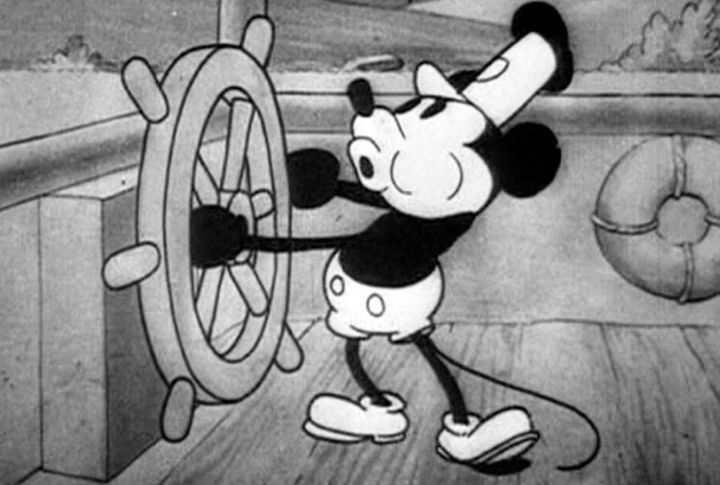
Audiences at New York’s Colony Theatre were amazed, as this was Disney’s first cartoon with synchronized sound. Not only did it introduce Mickey Mouse to the world, but Walt Disney himself also gave voice to the charming character. This short, a playful parody of the Buster Keaton film “Steamboat Bill, Jr.,” truly catapulted Mickey into stardom.
“Orphan’s Benefit” (1934)
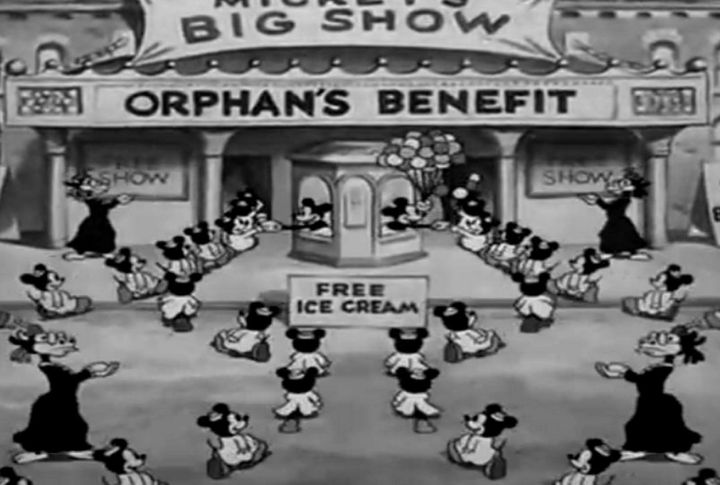
Donald Duck took the spotlight and immediately stole the show in his first cartoon alongside Mickey Mouse. This comedic short stood out not only for its humor but also for its heartfelt charity theme, where Mickey and Donald put on a performance to entertain a group of baby orphans. Due to its popularity, Disney decided to remake the cartoon in full color seven years later.
“The Band Concert” (1935)
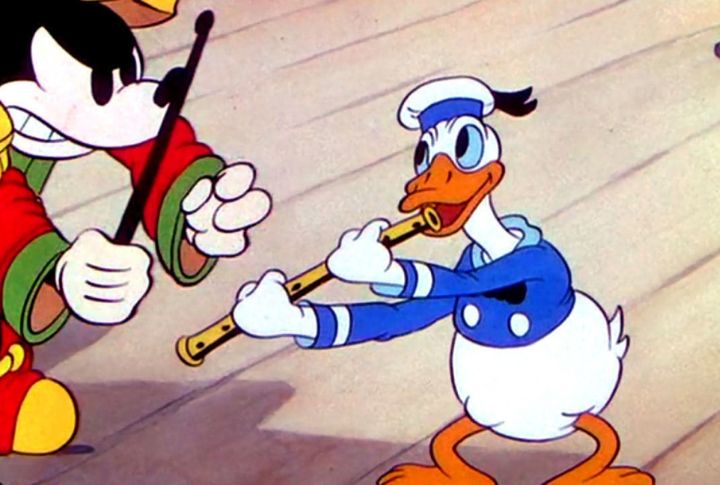
In this short, Mickey appears in color for the first time, taking center stage as the lively bandleader amid a whirlwind of chaos. Just as a tornado strikes mid-performance, Mickey refuses to stop conducting and turns the scene into a stunning display of perfect timing and animation. Even director Orson Welles named it one of his favorites, and many fans still regard it as one of Disney’s finest masterpieces.
“Plane Crazy” (1928)
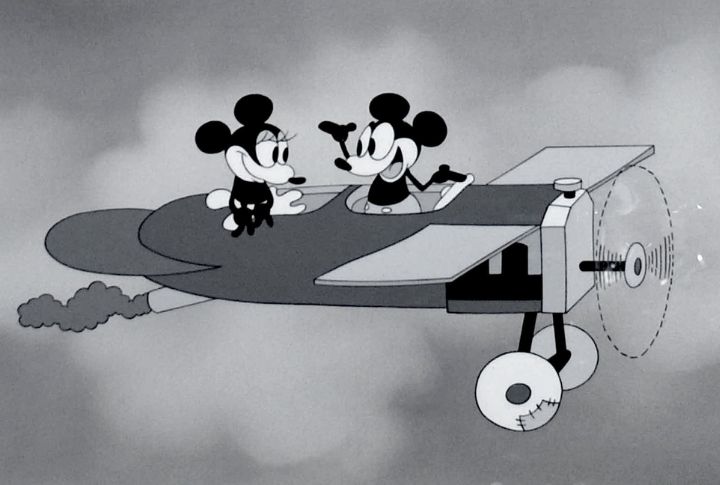
While “Plane Crazy” was the first Mickey Mouse cartoon to be completed, it wasn’t the first to reach audiences—”Steamboat Willie” beat it to theaters thanks to its synchronized sound. Inspired by Charles Lindbergh, the short featured Mickey building a plane to impress Minnie. Audiences were so charmed that Disney later added sound and re-released it in 1929.
“Snow White And The Seven Dwarfs” (1937)
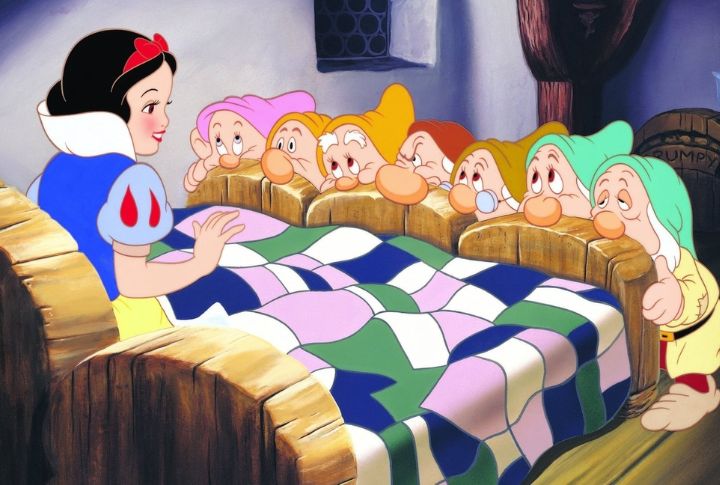
Before its release, critics dismissed the world’s first full-length cel-animated feature as “Disney’s Folly.” However, it stunned everyone by earning $8 million during the Great Depression, far exceeding expectations. Its influence echoed through films like “The Wizard of Oz,” “Harry Potter,” and nearly every animated movie that followed. Walt Disney received an honorary Oscar along with seven miniature statuettes to match.
“The Old Mill” (1937)
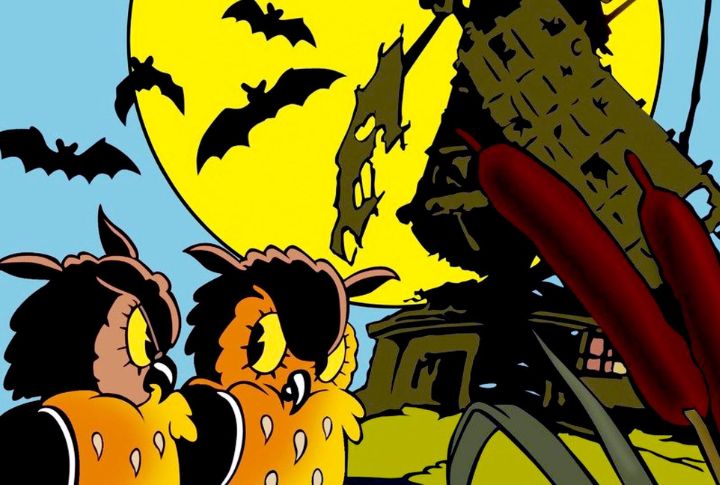
No humans. No dialogue. Just animals and the quiet hum of innovation. The Old Mill was the first cartoon to use the multiplane camera for realistic depth. The tech was a game-changer that mesmerized audiences and bagged an Academy Award for Best Animated Short. Disney used it to rehearse ideas that soon became part of “Snow White.”
“Flowers And Trees” (1932)
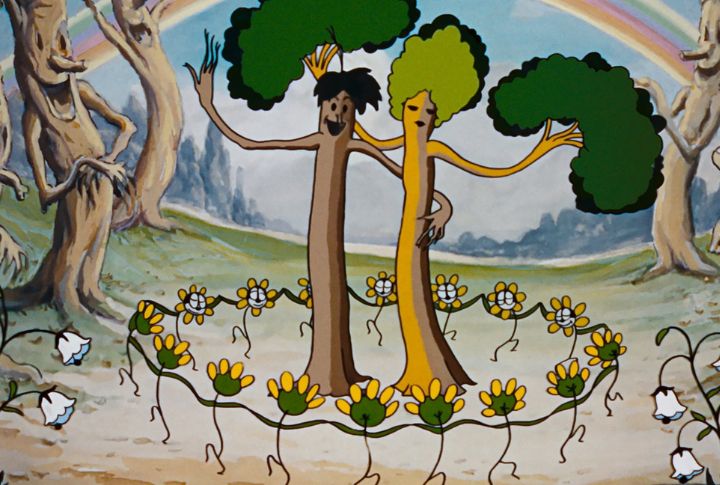
Who could have guessed that a burning stump would captivate audiences? Yet, Disney’s 1932 cartoon did just that and became the first to use the three-strip Technicolor process. Midway through production, Disney took a bold risk by switching to color. Thankfully, it paid off: viewers were enchanted by the love story and watched it over and over, and it won the first-ever Oscar for Best Animated Short.
